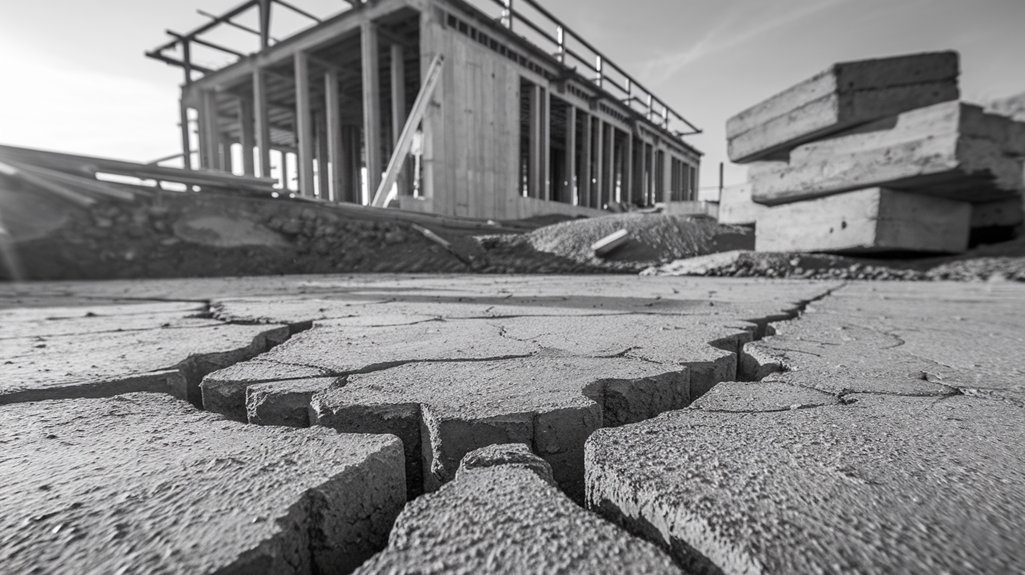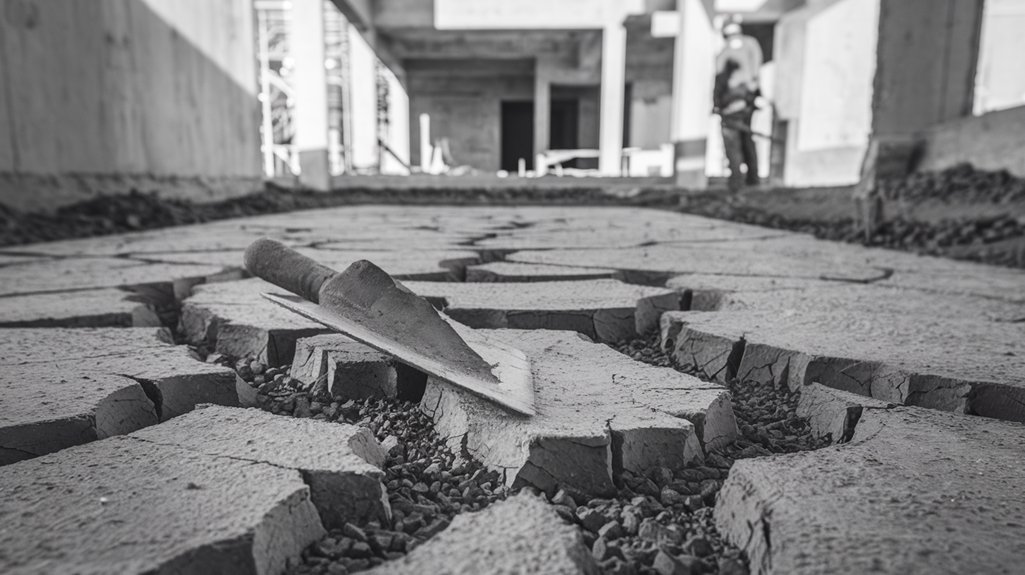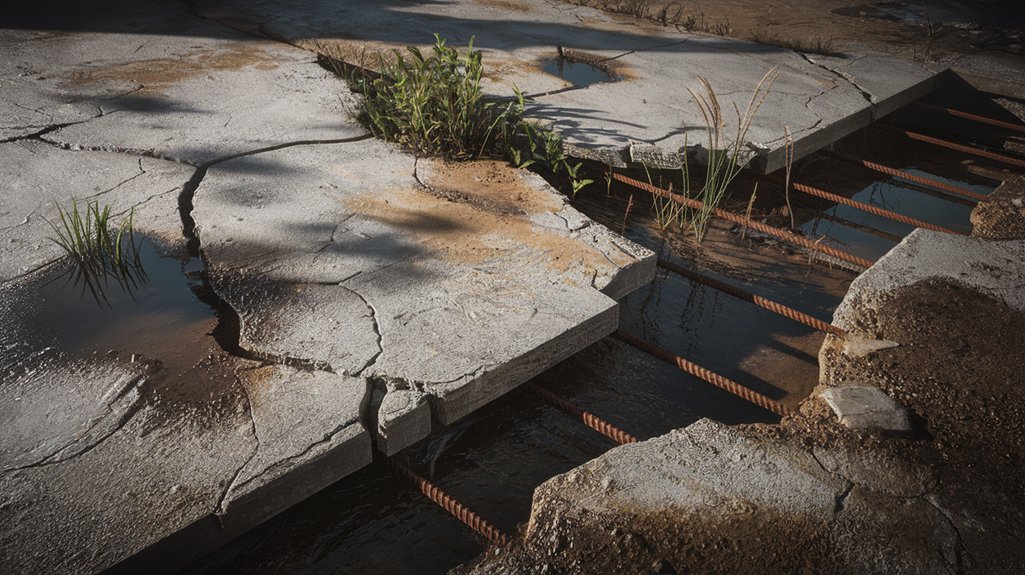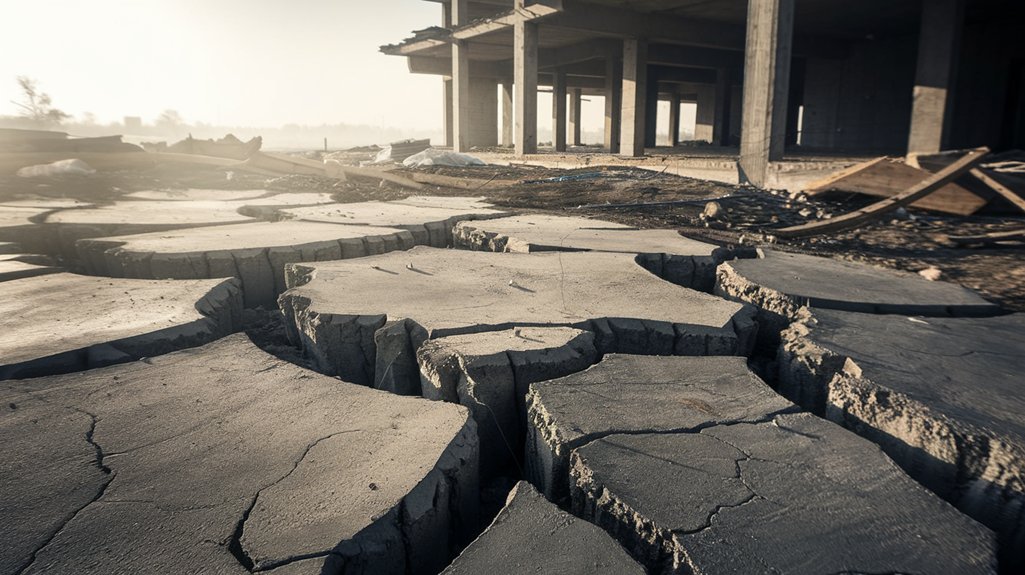How Poor Concrete Installation Can Undermine Your Entire Build
Concrete is the backbone of modern construction, providing strength and stability to various structures. However, poor concrete installation can lead to significant structural issues, compromising the safety and longevity of your build.
Key Takeaways
- Improper mixing results in weak concrete, affecting structural integrity.
- Incorrect curing practices can cause premature cracking.
- Poor drainage leads to moisture buildup and erosion.
- Neglecting inspections allows minor issues to escalate.
- Hiring professionals ensures quality and safety.
Understanding the Importance of Concrete in Construction

High-quality concrete ensures that your foundation remains stable, supporting everything built above it. Proper mix and curing techniques are essential to achieve optimal durability.
Common Mistakes in Concrete Installation

Overlooking key details during concrete installation can lead to significant problems. Common mistakes include sloppy mixing and incorrect curing, both of which compromise the strength and longevity of the concrete.
Learn more about proper concrete technology and practices from the Portland Cement Association.
The Impact of Poor Drainage on Concrete

Inadequate drainage can cause moisture buildup, leading to erosion and significant damage to concrete structures. Implementing effective drainage solutions is essential for long-lasting concrete integrity.
Signs of Inadequate Concrete Work
Signs of poor concrete installation may include cracking patterns and surface bubbling. These indicators suggest potential structural issues that need immediate attention to prevent further deterioration.
Long-Term Consequences of Neglecting Quality
Neglecting quality in concrete installation can lead to reduced durability, compromised integrity, and decreased property value. Addressing these issues promptly is crucial to maintain the safety and value of your build.
Best Practices for Successful Concrete Installation
To ensure a successful concrete installation, follow best practices such as using the proper mix, thorough surface preparation, and allowing adequate curing time. These steps enhance both quality and durability.
Frequently Asked Questions
How Can Weather Conditions Affect Concrete Installation Quality?
Weather conditions like temperature fluctuations and high humidity can affect curing, leading to cracking and reduced strength. Monitoring these factors ensures a durable concrete foundation.
Can Poor Concrete Installation Be Repaired Effectively?
Yes, poor concrete installation can be repaired using various techniques. Assessing the damage and choosing the right approach is essential for restoring structural integrity.
How Long Does It Take for Concrete to Cure Properly?
Typically, concrete takes about 28 days to cure properly. Adequate curing time ensures the concrete reaches its optimal strength and durability.
What Types of Concrete Are Best for Different Construction Projects?
Different projects require specific concrete types. For example, decorative concrete enhances aesthetics, while sustainable concrete supports eco-friendliness. Choosing the right type balances durability and environmental responsibility.
Prioritizing quality during concrete installation is crucial for the safety and longevity of your build. By avoiding common mistakes and ensuring proper drainage, you can prevent costly repairs and structural issues.
For expert concrete services in San Antonio, Canyon Lake, Austin, Texas, and surrounding areas, trust Valor Concrete. Our team is dedicated to delivering high-quality results that stand the test of time. Contact us today to discuss your project needs.

